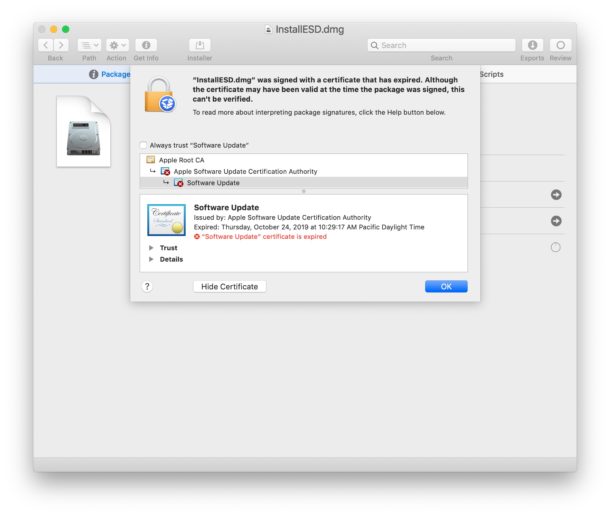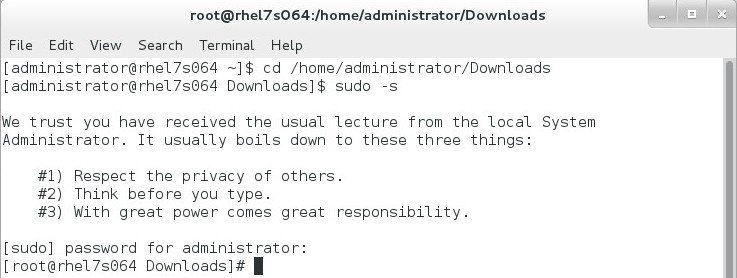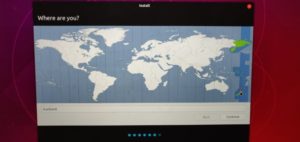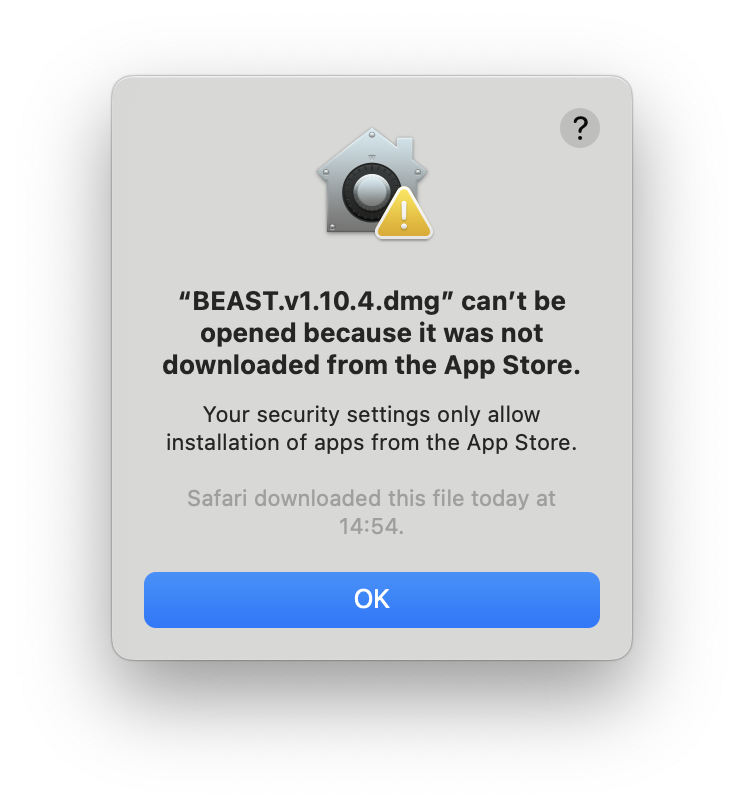

- INSTAL UNIX ON MAC MAC OS X
- INSTAL UNIX ON MAC INSTALL
- INSTAL UNIX ON MAC UPDATE
- INSTAL UNIX ON MAC PC
- INSTAL UNIX ON MAC DOWNLOAD
Looks good? Click on the button to continue and it’ll start downloading a ready-to-roll Parallels installation image of he operating system:Īs you can see, it’s about 1.2GB so if you’re on a dialup (is anyone still on a dialup?) it’s going to take a while. Still, let’s keep stepping through the process.įirst off, is this really what you want? Here’s the description, along with an indication that it’s the Linux 11.04 Desktop distro release of Ubuntu that’s available: That’s really all you need to do, it’s going to do everything else in a surprisingly automated fashion. The option you seek is on the lower left: “Download Ubuntu Free”.

Once you’ve installed Parallels Desktop on your computer, simply launch the program and you’ll be given a variety of options for proceeding:
INSTAL UNIX ON MAC MAC OS X
It’s just neatly tucked into the Mac OS X environment and - a nice bonus - can run full screen giving you the distinct impression that your Mac is only running Linux, which is bound to impress your geeky friends!
INSTAL UNIX ON MAC PC
Now I realize that Parallels Desktop, like VMWare Fusion, is a commercial Mac application and has a price tag associated with it, but it sounds like this is related to your work and, well, sometimes you have to pay for your tools, right? The again, it’s not that expensive at $79.įrom a testing perspective, the Ubuntu Linux environment within Parallels is functionally identical to running the operating system native on a PC computer, which is nice.
INSTAL UNIX ON MAC DOWNLOAD
Why? Because it’s literally a one-click download to get it up and running.
INSTAL UNIX ON MAC INSTALL
Where the compilers (with directories) should be replaced by your new compilers.There are a number of different ways to install Ubuntu Linux on your Mac system, but one of my favorites, hands down, is to install it within the Parallels Desktop environment. Now run your program! ln -s /usr/local/bin/gcc-6 cc

Where the directory should be replaced by the directory where default gcc is placed Here is command for replacing the default gcc compiler with the newest one.
INSTAL UNIX ON MAC UPDATE
You can update Macports by: sudo brew updateįor installation of Homebrew, please check MacPorts and Homebrew. Please use the following to check available flags: sudo brew options gcc6Īnd use the following for checking available gcc versions: sudo brew search gcc You can update Macports by: sudo port selfupdate Where the first line is for installation, second line for listing existing compilers by Macports and the last one is to select default gcc compiler. %%%%%%%%%%%%%%%%%%%%%%%%%%%%%%%%%%%%%%%%%%%%%%%%%%%%%%%%%%įor Linux/Unix based machines, a complete instruction is available at the installation page of gcc website.įor Mac users, there are more choices except for the one above (installing from source, gcc version 6.1 which can be replaced!): Now that you have the GSL installed, you can remove the gsl-*.* directory that was created in your home directory. Create the following program and name it example.c #include Ĭompile and link the program with the following commands (but use the correct path for your username): gcc -Wall -I/home/yourname/gsl/include -c example.c gcc -L/home/yourname/gsl/lib example.o -lgsl -lgslcblas -lm Now we can write a test program to see if the library works. If there are no errors, go ahead and install the library with: make install Now it is necessary to check and test the library before actually installing it. If there are no errors, compile the library. This step may take a few minutes./configure -prefix=/home/yourname/gsl Now configure the installation and tell it to use your new directory. Create a directory to install your gsl package, say “/home/yourname/gsl” with the following command mkdir /home/yourname/gsl The next step is to configure the installation and tell the system where to install the files. This will create a directory called gsl-*.* in your home directory.

Place the file in your home directory and unpack the file with the following command: tar -zxvf gsl-*.*.tar.gz You can also download here and unzip the program directly depending on the OS you are working with. Please check release history available at . *.* should be replaced by the version to be installed. Note: this tutorial has been tested on Ubuntu, Redhat and Mac OS. It is a free open source library under the GNU General Public License. The GNU Scientific Library (GSL) is a numerical library for C and C++ programmers.


 0 kommentar(er)
0 kommentar(er)
